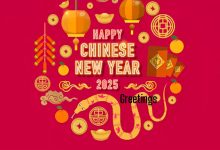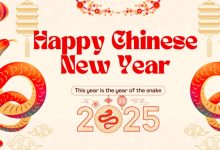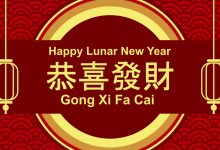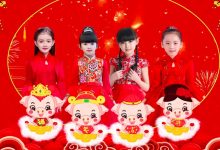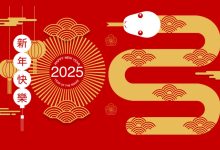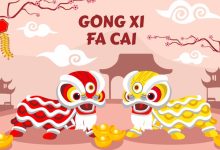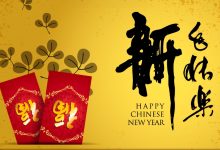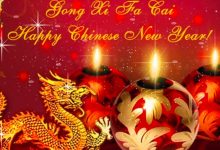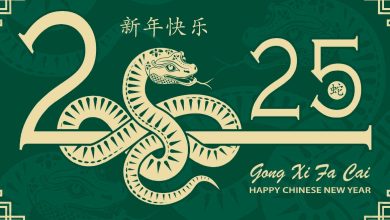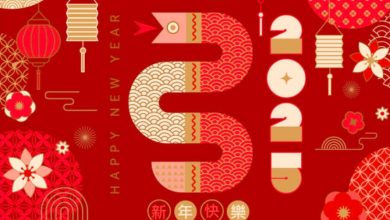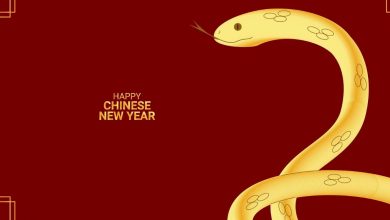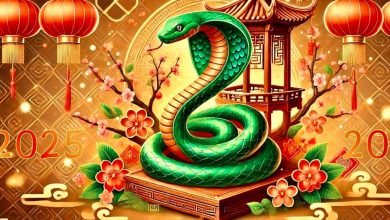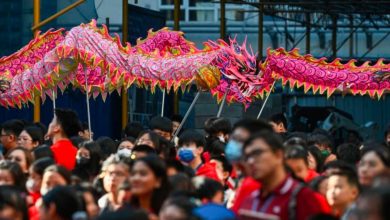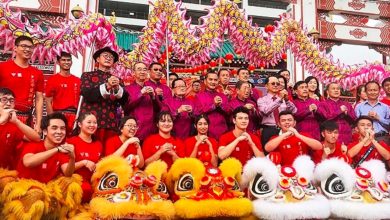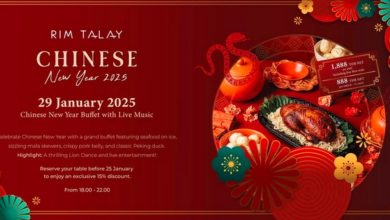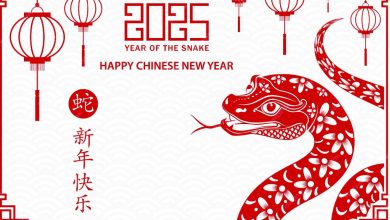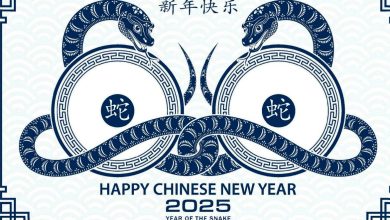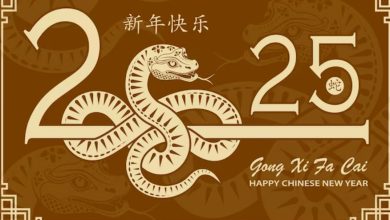Taiwan chinese new year 2025
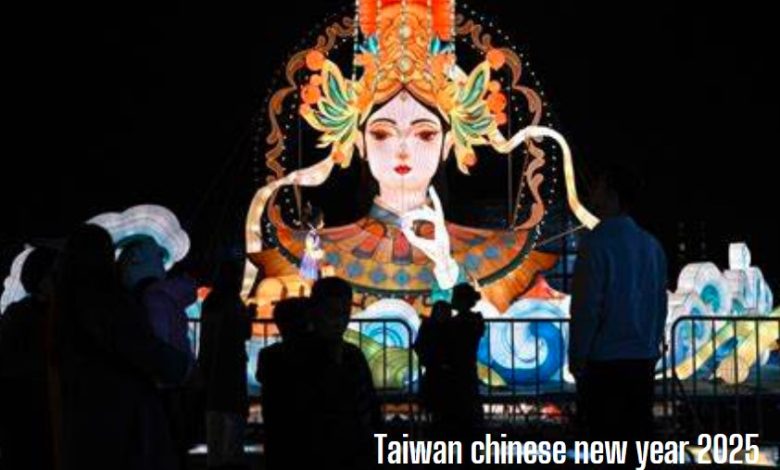
Chinese New Year, known as “Chún Jié” (春節) in Mandarin, is the most significant and widely celebrated festival in Taiwan. It’s a time for family reunions, cultural traditions, and festivities that bring communities together. In 2025, the Chinese New Year begins on January 29, ushering in the Year of the Snake. Taiwan’s celebrations, deeply rooted in both ancient customs and modern adaptations, showcase the island’s rich cultural heritage and unique interpretation of this traditional holiday.
The Importance of Chinese New Year in Taiwan
Chinese New Year in Taiwan is not just a festival; it’s a cultural phenomenon that affects every aspect of life. Businesses shut down, public transportation sees a surge in activity as people travel home, and cities transform with vibrant decorations and bustling markets. The holiday period typically lasts for several days, with the official public holiday spanning a week, though the spirit of the festival extends well beyond.
For many Taiwanese, the holiday is a time to honor ancestors, seek blessings for the coming year, and strengthen familial bonds. The emphasis on family and tradition is central to the celebrations, making it a time of heartfelt connection and renewal.
Preparations and Decorations
In the weeks leading up to Chinese New Year, Taiwanese families engage in meticulous preparations. Homes are thoroughly cleaned to sweep away bad luck and make space for good fortune. This practice, called “sweeping the dust” (打掃府境), is a symbolic act of renewal.
Decorations play a vital role in setting the festive mood. Red dominates the color palette, symbolizing happiness and prosperity. Doorways and windows are adorned with red couplets bearing auspicious phrases, while paper cutouts of snakes in honor of the zodiac year are prominently displayed. Lanterns, another staple of Taiwanese New Year decorations, illuminate streets, homes, and temples, creating a magical atmosphere.
Markets during this time buzz with activity, offering a wide array of New Year essentials, from fresh produce and traditional snacks to red envelopes (紅包) and decorative items. One of the most famous markets is the Dihua Street Lunar New Year Market in Taipei, where locals and tourists alike gather to shop and soak in the festive ambiance.
Family Reunion Dinner and Traditional Foods
The family reunion dinner, held on New Year’s Eve, is the centerpiece of Taiwanese New Year celebrations. This meal brings together extended family members, often traveling long distances to share in the festivities. The dinner is a lavish affair featuring dishes rich in symbolism and flavor.
Fish (鱼) is always present, symbolizing surplus and abundance. Dumplings (餃子) resemble ancient gold ingots, representing wealth, while sticky rice cakes (糯米糕) signify progress and higher achievements. Other popular dishes include pork belly buns, braised meats, and hot pot, which promotes a sense of unity as everyone shares from the same pot.
During the meal, it is common for elders to distribute red envelopes filled with money to younger family members. These envelopes symbolize blessings and protection against misfortune. The act of giving and receiving red envelopes is accompanied by expressions of gratitude and well-wishes for the year ahead.
Temples and Religious Practices
Temples play a crucial role in Taiwanese New Year traditions. Many families visit temples on New Year’s Eve or the first day of the New Year to pray for blessings and fortune. Popular temples such as Longshan Temple in Taipei and Zushi Temple in Sanxia see large crowds offering incense and making wishes for health, wealth, and happiness.
The act of drawing divination blocks or “Poe” (拜節) is a common practice during this time. People seek guidance from the deities by asking questions and interpreting the outcomes of the blocks. Another popular tradition is lighting firecrackers to ward off evil spirits and bring in good luck, a noisy but joyous way to start the year.
Festivities and Cultural Events
Chinese New Year in Taiwan is not complete without its lively public festivities. The Lantern Festival, held on the 15th day of the New Year, marks the end of the celebrations. Cities and towns across Taiwan host lantern displays, with the Taiwan Lantern Festival being the most renowned. This event showcases intricate and artistic lantern designs, often incorporating modern technology such as LED lights and animations.
In 2025, with the Year of the Snake as the theme, many lanterns will likely feature snake motifs, celebrating the zodiac animal’s attributes of wisdom and transformation. Folk performances, including dragon and lion dances, traditional music, and acrobatics, add to the vibrant atmosphere.
Another cherished tradition is the pilgrimage to temples during the New Year period. The Dajia Mazu Pilgrimage, though not exclusive to the Lunar New Year, often sees heightened activity during this festive season as worshippers seek blessings for the year ahead.
Modern Adaptations
While traditional customs remain strong, Taiwanese New Year celebrations have also adapted to modern lifestyles. Cities like Taipei, Taichung, and Kaohsiung host large-scale fireworks displays and concerts, attracting younger generations and tourists. Social media platforms are filled with New Year greetings, and digital red envelopes have become a popular way to share blessings.
Additionally, Taiwan’s inclusive culture has incorporated elements from other traditions. For example, vegetarian and vegan New Year dishes are increasingly common, catering to a growing segment of the population.
The Year of the Snake: Significance in 2025
The Year of the Snake is associated with qualities such as wisdom, intuition, and adaptability. For Taiwanese people, 2025 is seen as a year to embrace transformation, seek knowledge, and approach challenges with strategy and resilience. Businesses and individuals alike may plan for long-term success, taking inspiration from the Snake’s traits.
For those born in previous Years of the Snake, 2025 is a “ben ming nian” (本命年), or zodiac year of birth, which is traditionally believed to bring challenges. Many wear red clothing or accessories and carry protective charms to mitigate potential misfortunes.
